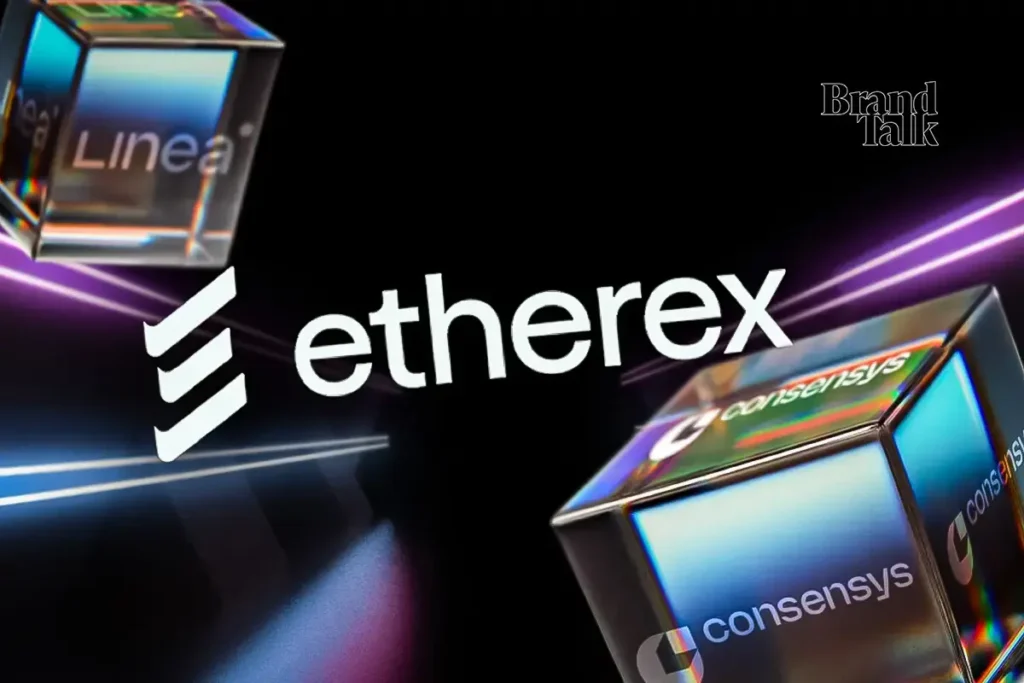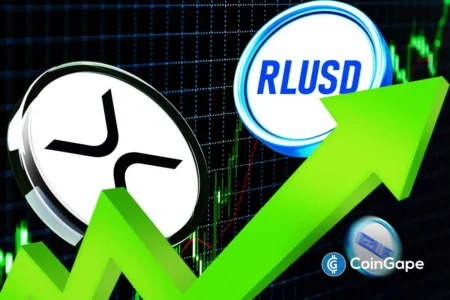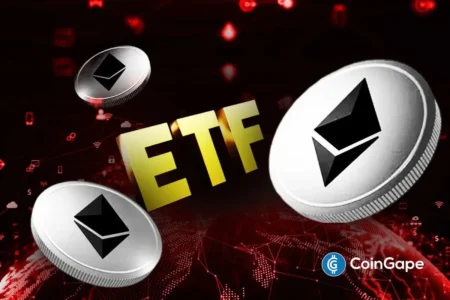Etherex Launches: A New Era for Decentralized Trading on Ethereum Layer-2
On July 28, a progressive shift is expected in the decentralized exchange framework as ConsenSys’ Ethereum Layer-2 network, Linea, partners with Nile Exchange to launch Etherex. This new decentralized exchange (DEX) draws inspiration from the original vision of Ethereum’s founders, Vitalik Buterin and Joseph Lubin, who envisioned a robust decentralized trading platform long before the Ethereum mainnet’s inception. Initially conceptualized as EtherX, the project faced hurdles that delayed its launch, but in its evolved form as Etherex, it aims to fulfill this foundational vision within the thriving Ethereum ecosystem.
Spotlight on Etherex: Features and Innovations
Positioned as a next-generation decentralized trading platform, Etherex stands out by offering fully on-chain, permissionless crypto asset trading on the Linea zkEVM. Unlike traditional exchanges, Etherex operates without off-chain order books or custodial intermediaries, leveraging smart contracts to facilitate peer-to-peer token swaps. The DEX also integrates a MetaDEX philosophy, emphasizing user-driven governance and sustainable liquidity pools. Unlike many platforms that encourage yield farming exploits, Etherex prioritizes stakeholder alignment and longevity.
Adopting the Ramses v3 AMM engine, known for its strong performance in high-volume DEX projects, Etherex aims to enhance trading efficiency. This engine has previously facilitated more than $40 billion in total trading volume and generated $60 million in fees. Moreover, the DEX’s native token, REX, offers immediate liquid rewards to liquidity providers, ensuring an elastic and incentive-driven ecosystem. Linea, along with ConsenSys, holds 25% of REX’s supply, further solidifying the partnership’s stake in the new venture.
The Current Landscape of Decentralized Exchanges
Etherex arrives in a competitive climate for decentralized exchanges. Recent data show that DEXs have reached an all-time high, capturing approximately 25% of global spot trading volume, which amounts to over $410 billion. In the past 24 hours alone, the sector processed around $15.591 billion in trading volume. Leading the DEX space, PancakeSwap boasts nearly 45% of overall DEX activity, while Uniswap continues to lead in liquidity and innovation with a daily trading volume of around $3.3 billion.
Additionally, exchanges like Raydium and other Solana-based DEXs have gained traction among traders, particularly in the burgeoning memecoin market. In the derivatives segment, Hyperliquid commands a significant 80% market share in perpetuals trading. Thus, Etherex faces the challenge of carving out its niche, requiring innovative strategies and robust marketing to gain traction in this bustling ecosystem.
The Road Ahead: Opportunities and Challenges
As Etherex prepares for its launch, it must navigate a landscape teeming with both opportunities and challenges. The growing adoption of zk-rollups positions Ethereum for rapid scalability, making Layer-2 solutions like Linea pivotal for future developments. Nevertheless, Etherex must differentiate itself, incorporating cutting-edge technologies and creative incentives that resonate with the evolving needs of users and investors alike.
In that regard, the systematic collaboration with Nile Exchange suggests a strategic approach where Etherex can leverage existing infrastructures and user bases. This team-up is timely, as the demand for decentralized trading platforms catering to seamless transactions continues to escalate across the crypto landscape. Not only does this collaboration provide immediate exposure to liquidity, but it also supports the goal of establishing Etherex as a frontrunner in decentralized finance (DeFi).
Market Insights: Digital Economy and User Behavior
The DEX market is flourishing, fueled by an increase in user participation and the changing landscape of digital finance. A deeper analysis reveals that DEXs are increasingly appealing to investors disenchanted with traditional trading platforms due to issues related to security and regulatory compliance. The decentralized nature of Etherex, coupled with its on-chain capabilities, aligns closely with the trend toward greater autonomy for users.
As Etherex enters the market, it will likely engage users keen on experimenting with decentralized solutions. Providing an intuitive and secure platform will be crucial for capturing and retaining users, particularly as competition ramps up. Developing targeted educational resources for new users may also enhance Etherex’s reach and user retention metrics.
Conclusion: A Promising Future for Etherex
In summary, the launch of Etherex represents a significant milestone for the decentralized exchange landscape and the Ethereum ecosystem as a whole. With its foundations rooted in the original vision of Ethereum, the platform is not only reintroducing a long-awaited concept but is also strategically positioned to become a dominant player in the ever-evolving DeFi space. By embracing technological advancements and prioritizing user needs, Etherex is poised for success amid a dynamic and competitive market. Investors and users alike will be keen to observe how the platform unfolds its journey in redefining decentralized trading in the months and years to come.
Disclaimer: The insights provided in this article reflect the author’s perspective and the current state of the market. Readers should conduct thorough research before engaging in cryptocurrency investments, as neither the author nor the publication holds liability for financial losses.
















